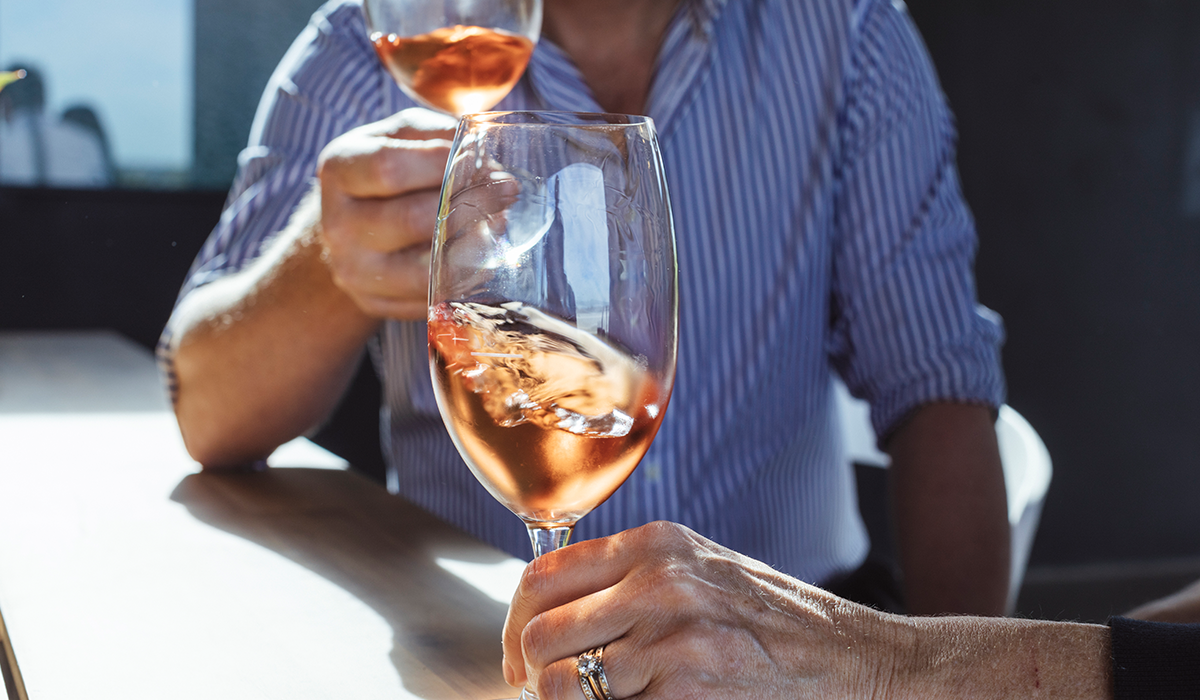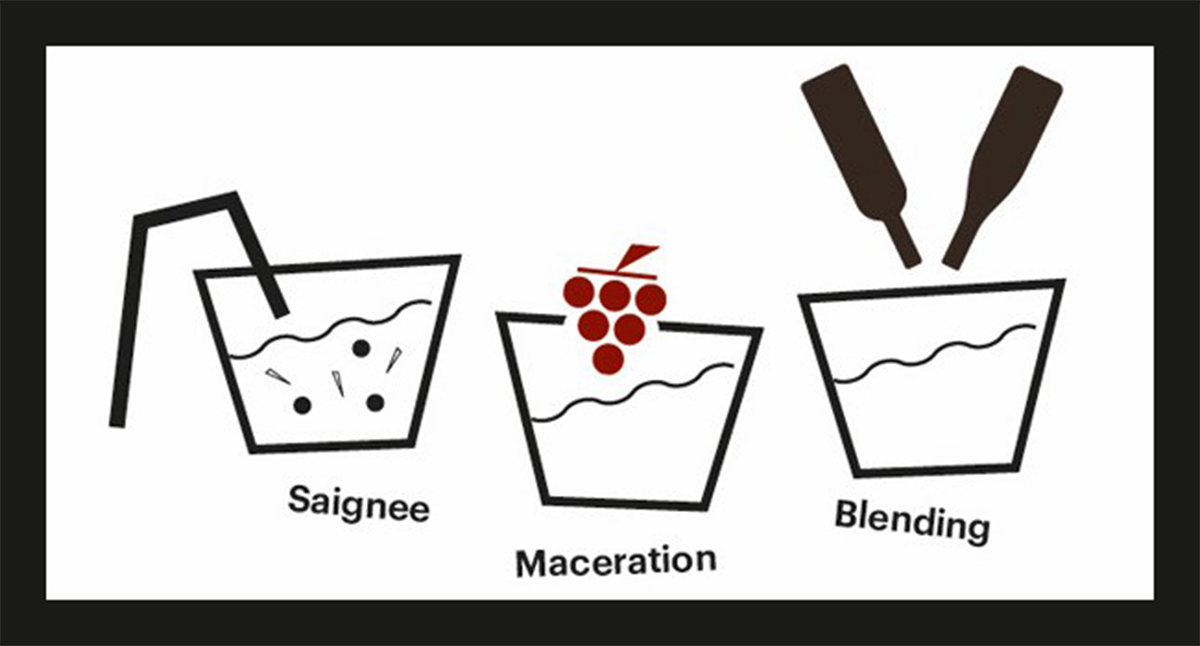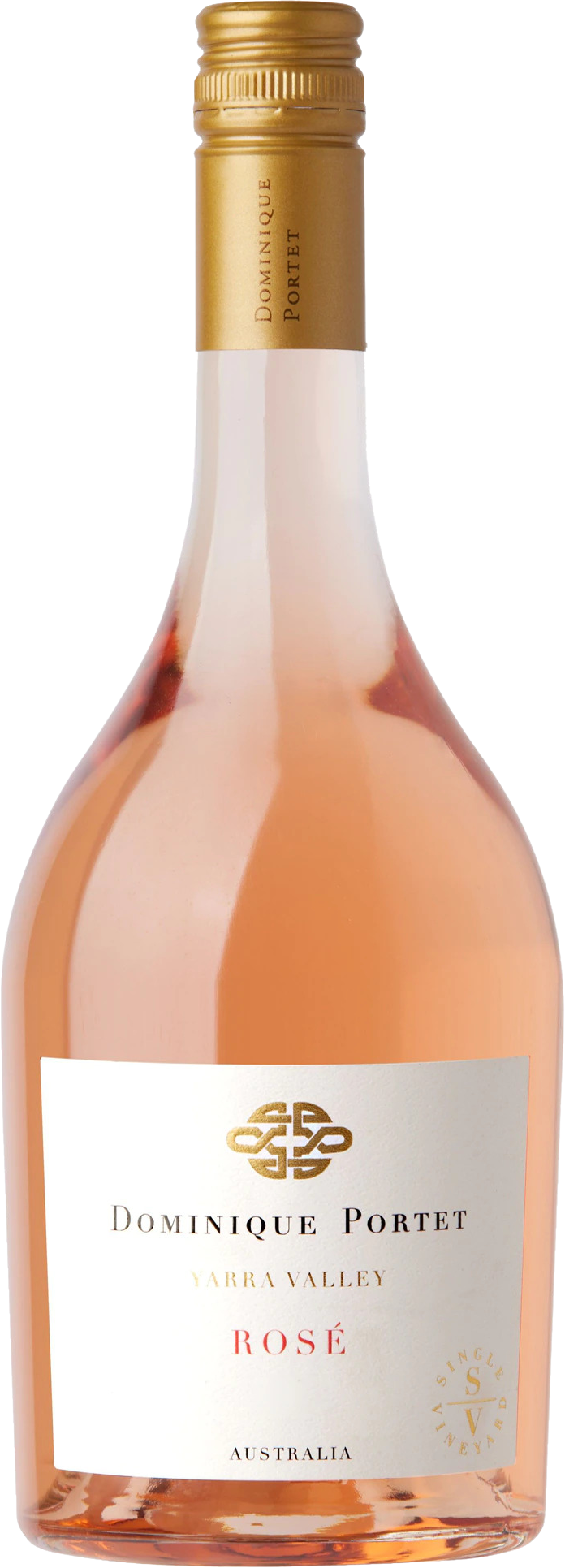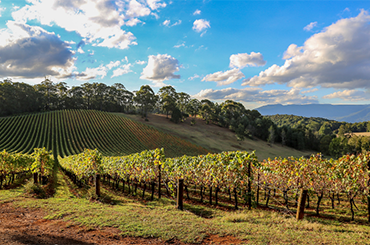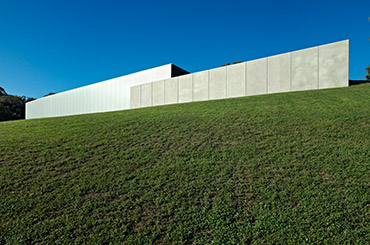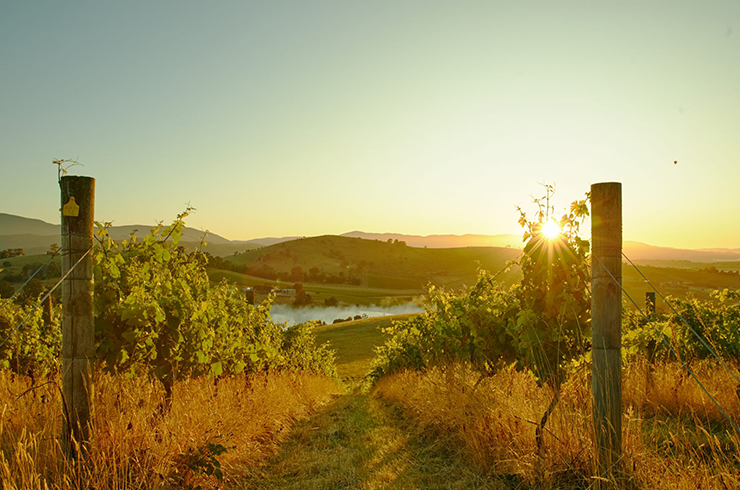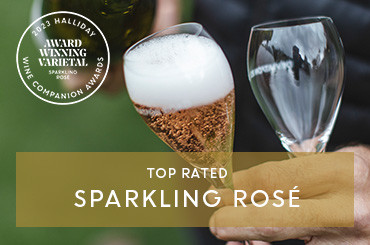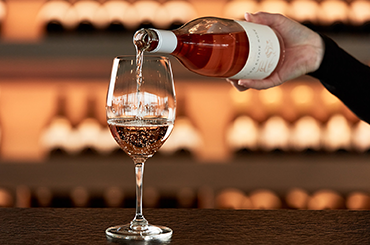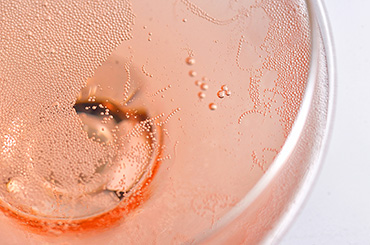Go to section: Rosé wine tasting characteristics | Rosé wine varieties | How rosé wine is made | How to pair food with rosé | Serving temperature for rosé | Rosé wine in Australia
Rose wine
Rosé has been unstoppable in its recent success. Thanks to its incredible popularity, you can find an array of pink wines on bottle shop shelves, and the many hues of rosé make it a particularly photogenic wine in the glass. It’s also synonymous with great weather and good times – there’s nothing like a glass of rosé to complement get-togethers in the sunshine. But with its rising quality and increasingly versatile styles, rosé offers more than an aesthetic and a cheery summer wine. Winemakers are now creating serious wines in a wide spectrum of styles, from pale and crisp to complex, character-filled, textural examples to enjoy across seasons.
Rosé wine tasting characteristics
Rosé wines range from pale salmon to copper-gold, strawberry pink and raspberry red shades. Its styles span crisp and bone-dry to sweeter, fruitier types, so there really is a rosé for all comers. Red fruit, citrus and spice are common characteristics. It can also have pretty floral notes, such as rose petal, violet and hibiscus, and herbaceous, savoury characters, like celery, green capsicum and olive. Richer phenolic content from seed and skin contact makes it more textural than most whites. Rosé alcohol levels are moderate, typically between 11 and 13 per cent.
Rosé wine varieties
The base grape chosen for rosé will have a significant influence over its style. Popular varieties are grenache, pinot noir, cabernet sauvignon, shiraz, sangiovese and nebbiolo, with winemakers experimenting with many more. Read more about the importance of grape varieties to rosé wine.
How rosé wine is made
Is it red? Is it white? Well, actually, it’s neither. No matter whether a grape is red or white, the juice from its flesh will be clear. So, what gives a wine its colour? It’s in the skin (along with structure-building tannins and complex flavours). The longer the skins are in contact with the juice, the more colour the final wine will have. Ahead, we breakdown the three main ways rosé wine is made.
Saignée
Got some nerdy wine friends? You might have heard them use the word “saignée” (pronounced son-yay). French for “bleed”, this method involves siphoning off juice from a fermenting red must, which contains the skins, seeds and stems of the fruit, and then placing the pure extract into a separate vessel to make rosé. The result can be a red wine with an intense flavour profile or a pink. As reds remain a top priority for Australian producers, this is a popular technique.
Maceration
If you’re a bit of a whizz in the kitchen, you’ll be familiar with maceration – this is also a method for producing rosé. Destemmed red wine grapes are briefly steeped in juice before the entire batch becomes rosé. Popular in regions of France where rosé is a celebrated wine style, this approach shows rosé the ultimate respect, as it’s purpose-made rather than a run-off of red wine production.
Blending
The final way to make rosé is by blending red and white wine, usually with a small percentage of red added to a white wine ferment.
How to pair food with rosé
The range of varieties used to make rosé, and its sugar levels running the gamut from dry to off-dry and sweet, make it an all-rounder at the dining table. The texture of this style is another reason it’s terrific with food. Pale, crisp pinks are ideally paired with fresh seafood and salads, while more structural, full-flavoured types can stand up to richer, oilier foods. Rosés with a little sweetness can handle the heat and are great with spicy Asian dishes.
Serving temperature for rosé
The ideal serving temperature for rosé is 10–14 degrees depending on your style of rosé.-
THE BEST AUSTRALIAN ROSÉ TASTING NOTES
-
Giant Steps
Yarra Valley Rosé 2021
Yarra Valley -
Bindi Wines
Dhillon Col Mountain Vineyard Rosé Grenache 2021
Heathcote -
Bondar Wines
Grenache Cinsault Rosé 2021
McLaren Vale -
Cobaw Ridge
Il Pinko Rosé Syrah 2020
Macedon Ranges -
Dominique Portet
Single Vineyard Rosé 2021
Yarra Valley -
Medhurst
Estate Vineyard Rosé 2021
Yarra Valley -
Port Phillip Estate
Salasso Rosé 2021
Mornington Peninsula
Rosé wine in Australia
In Australia, rosé wine was once sniffed at for its sickly sweet, candy coloured characteristics. Today, Australian winemakers are producing exciting styles using a range of varieties. This rise in quality is reflected by high ratings, with a growing number of producers achieving 95-plus points for their pink wines, proving it can be more than just a fun quaffer.
Image credit: Wine Australia.
Featured Wineries
More FromRelated articles
-
Wine Lists
Six rosé wines to try
20 Dec 2023 -
News
A beast turned beauty
21 Aug 2022 -
Top Rated
Top Rated: Rosé
-
Top Rated
Best rosé in Australia 2025
-
Top Rated
Top Rated: Sparkling Rosé
-
Wine Lists
Rosé wines to try
21 Feb 2023 -
Wine Lists
Six celebrity rosés for summer
9 Nov 2022 -
Wine Lists
Best rosé wines
14 Nov 2024
